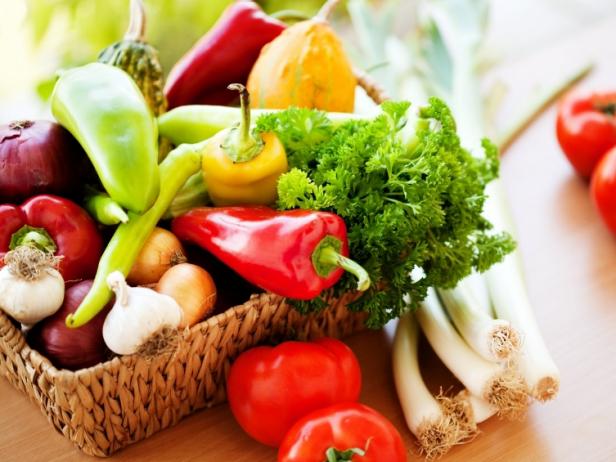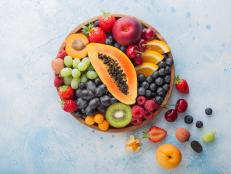Update: Where Should You Spend Your Organic Dollar?

Sure, we'd probably all love to buy every fruit and veggie organic, but it's not always affordable to purchase everything from the often higher-priced organic section. Luckily, the Environmental Working Group (EWG) keeps a running list of the fruits and veggies that are most and least contaminated -- here's how they updated the list for 2011.
Organic produce is pesticide-free, but you don’t always have to buy organic. Some foods stay low in pesticides even when grown conventionally, while others are so wrought with pesticides that it’s worth the splurge to avoid chemicals. According to the EWG, choosing organic versions of foods on the Dirty Dozen can reduce your chemical exposure by as much as 92 percent. You can offset the higher price of these organic foods by choosing conventional versions from the Clean 15. To help decide where to spend your organic dollar, check out the the “dirty dozen” and “clean fifteen” lists below.
Many of the same produce items appear on the revised lists, but thanks to continual USDA testing, some items switch positions from year to year. Apples beat out peaches as the most pesticide-laden fruit or veggie this year.
Dirty Dozen: Buy These Foods Organic When Possible
These foods have the highest levels of pesticides when grown conventionally.
• Rounding out the top 15: #13 Cilantro, #14 Cucumbers, #15 Grapes (Domestic)
Clean Fifteen: Conventional Versions Have Lowest Levels of Pesticides
These 15 foods have the lowest levels of pesticides when grown conventionally.
Curious about what foods fell in the middle? View the list of all 53 items.
Dana Angelo White, MS, RD, ATC, is a registered dietitian, certified athletic trainer and owner of Dana White Nutrition, Inc., which specializes in culinary and sports nutrition. See Dana's full bio »
Are you surprised to see your favorite fruits and veggies on either list? How do you decide what to buy organic? Tell us in the comments below.


































